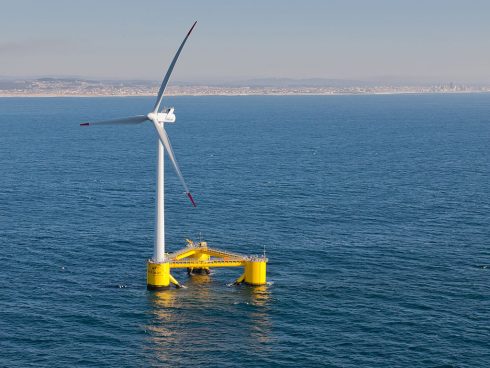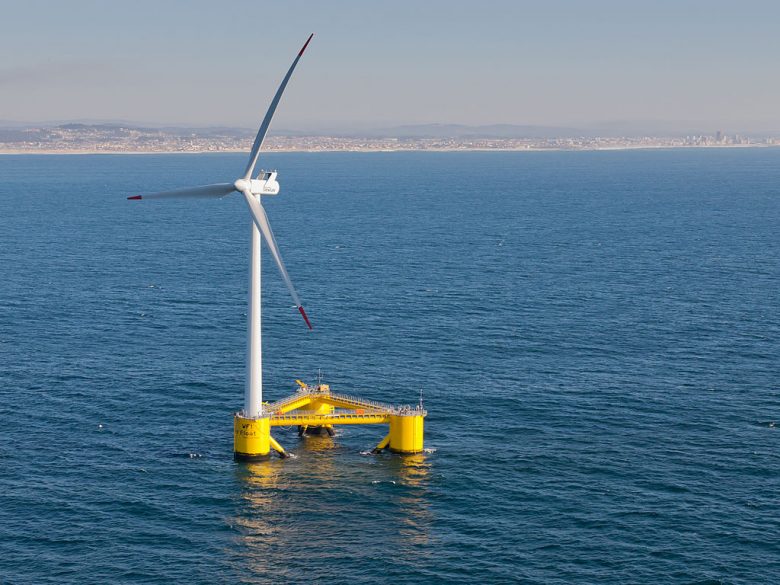SPAIN is set to get its first full-scale floating offshore wind farm.
Greenalia has applied for planning permission to build a 50MW capacity project in the waters off Gran Canaria near the port of Arinaga.
Now the race is on to complete before a previously announced 200MW project by Equinor, which is slated for 2024.

The Greenalia plan is for four state-of-the art turbines rated at 12.5MW each, which will sit on top of floating foundations that will be securely tethered to the sea bed and produce enough energy for 70,000 homes.
It will avoid 140,000 tons on CO2 emissions each year, equivalent to 90,000 cars.
The technology allows wind turbines to be sited in deeper waters and further away from shore where wind is more consistent, opening up far more of the ocean to exploitation of its wind resources.
Traditional wind turbines have foundations directly on the seabed, meaning they are restricted to shallow water, usually relatively near the coast. Floating wind farms can potentially be tethered well out of sight of land, meaning they would have no visual impact on the environment.
There have been floating wind projects in the Canaries previously, but these have been pilot schemes.
The European Commission currently considers offshore wind energy as the main basis of green energy growth in Europe in the coming years in order to achieve its 2050 zero emission target.
The International Energy Agency (IEA) predicts that offshore wind energy will be the main energy source in Europe by 2042.
Industry is starting to scale up production of floating wind technology after a series of pilot projects proved its viability.
The world’s first floating wind farm started delivering electricity to Scotland in October 2017.
Five turbines producing enough power for 20,000 homes were installed 15 miles off Peterhead in Aberdeenshire by Norwegian company Statoil.
They are sited in waters up to 129 metres deep. Traditional fixed turbines usually cannot be sited where water is more than 50 metres in depth.
Statoil had been working on the Hywind project for 15 years. Greenalia hopes to complete its development considerably faster, with much of the design already proven.
Click here to read more Spain News from The Olive Press.








